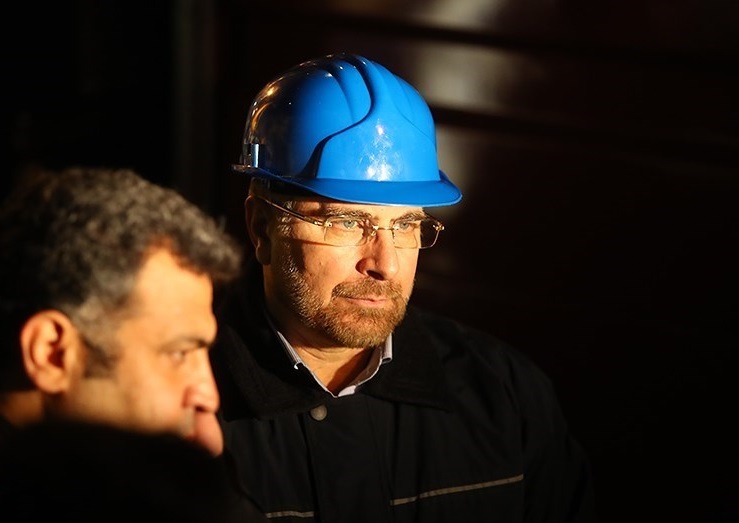Tehran's Waste to Energy Capacity Called Into Question

EghtesadOnline: Tehran mayor and presidential candidate Mohammad Bagher Ghalibaf claimed last week that the municipality "is producing electricity from waste." The statement, aired during a live presidential debate on state TV, led to a wave of response from officials and experts.
Sattar Mahmoudi, deputy energy minister, said in a conference on Tuesday that only one waste-to-energy (WTE) plant is active in Tehran with limited output capacity of 2.5 megawatts.
"The government and Energy Ministry help keep the plant up and running south of Tehran by purchasing its output which comes at an unreasonably high cost. But we should continue to support the initiative," Mahmoudi was quoted as saying by ISNA.
Mohammad Mehdi Tondgouyan, member of Tehran City Council, said on Twitter, "The council has requested Mr. Ghalibaf over the last four years to provide the documents on power production from incinerating waste and its associated revenues."
According to Financial Tribune, the council elects the mayor and decides the municipality's spending policy.
Officials and experts agree that physical infrastructure for waste sorting, such as recycling bins for dry and wet trash, is noticeably insufficient across the sprawling city and that besides banners and promotional ads on state TV, little has been done to encourage households, as one of the main waste generators, to segregate their trash.
According to Massoumeh Ebtekar, Iran's environmental chief, waste separation at the source is not a common practice. "Tehran produces 7,000 tons of trash daily of which only 200 tons are processed," she said in a tweet.
Mohammad Haghani, another member of the City Council, called into question Tehran's waste-to-energy initiative.
Installation of two incinerators in Kahrizak and Telo districts -- south and northeast of the capital – commenced four years ago, "but they haven’t produced any electricity."
"I … visited the site of the incinerator in Kahrizak twice, and both times, it was closed. Such claims (power production from trash) are more hype than reality," he said, according to the Persian-language government newspaper 'Iran'.
In 2015, director of the Waste Management Organization of Tehran Municipality had said the TM would produce 100-120 MW from three prospective incineration plants.
Afshin Habibzadeh, a substitute member of the City Council, took to Twitter to voice his concerns over the way the municipality handles hospital waste.
"Almost 90 tons of hospital waste is generated in Tehran every day, 2o tons of which are hazardous, but there is not a single hospital waste incinerator in the city."
--- WTE Projects
Iran is taking small but important steps to expand the WTE facilities in collaboration with international companies.
The Energy Ministry said last month that an agreement had been reached with an unnamed Czech company to build a WTE plant in the northern Gilan Province that will be capable of incinerating 350 tons of municipal waste and produce 20 MW of electricity per day.
Japanese news service Nikkei reported in August 2016 that the Tokyo-based JFE Holdings was to conduct feasibility studies on a large-scale plant in Tehran that would process 1,000 tons of municipal waste per day.
According to data by state-owned Renewable Energy and Energy Efficiency Organization (SATBA), two WTE plants are currently operational in Shiraz and Mashhad, albeit with trivial electricity output.
Iran has the capacity to generate more than 10,000 MW of electricity from biomass (fuel developed from organic materials), with 25 cities capable of generating at least 400 MW of electricity from waste material, according to the renewable energy organization.
Close to 20 million tons of waste is produced annually in Iran.


